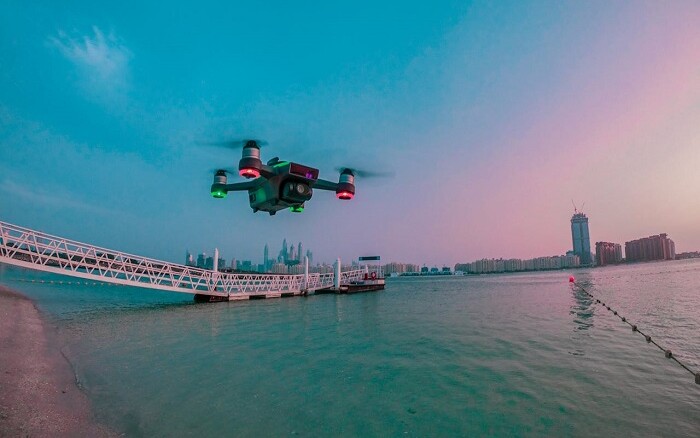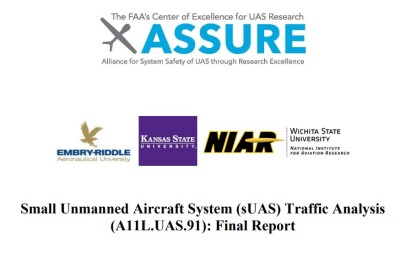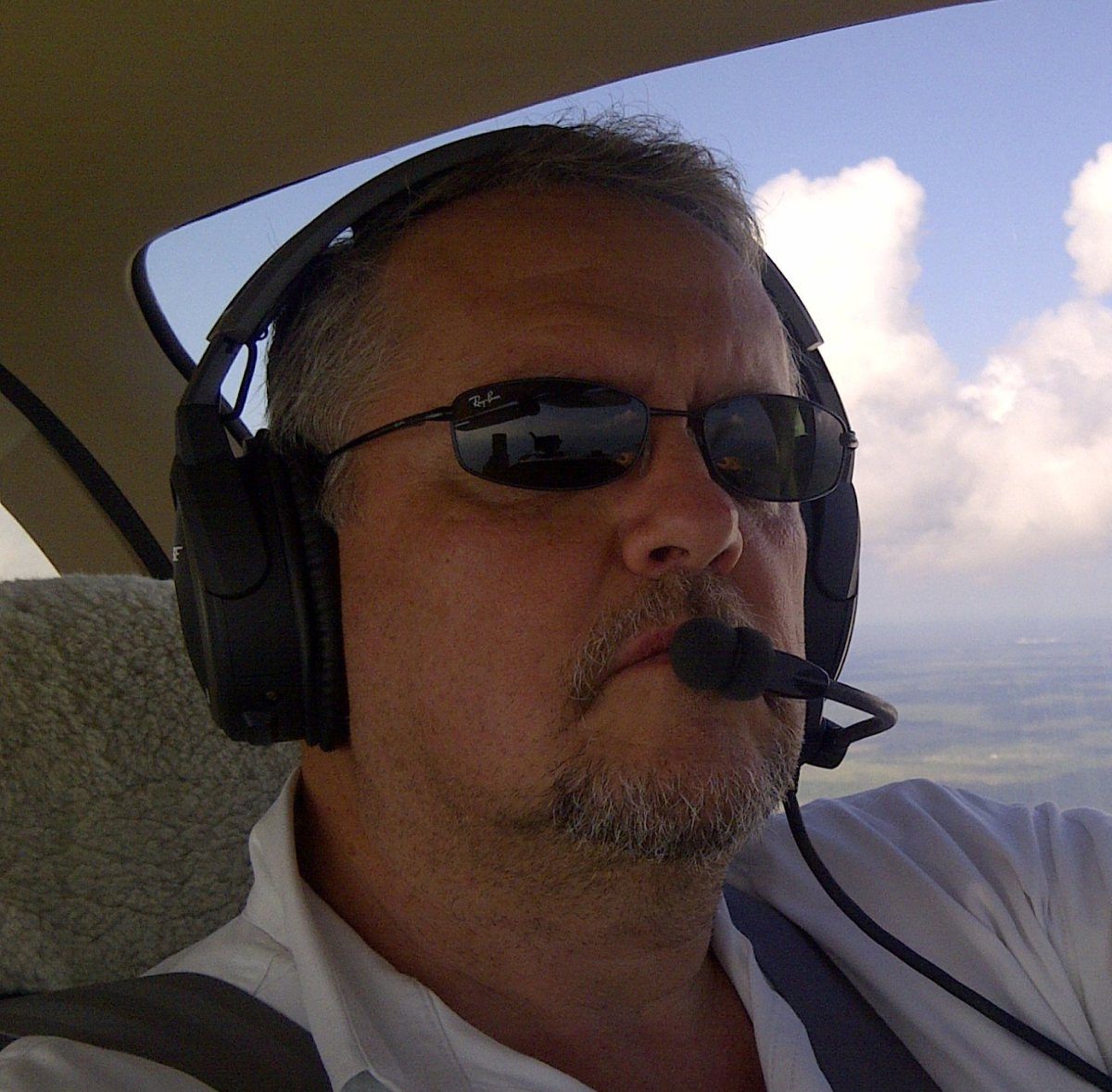For this week’s round-up of commercial drone industry news, we look at the US Commerce Department’s investigations into foreign-made drones, a start-up in Texas that deploys drones for school safety, and an Embry Riddle Study on drones and mid-air crashes.
Commerce Department Starts Security Investigation into Foreign-Made Drones
A report in DroneDJ explains that the US Commerce Department has opened a “Section 232 national security investigation into the import of drones and their components.” According to the report, the department “will evaluate whether the reliance on foreign-made drones — particularly from China — poses a threat to US national security by weakening supply chains, stunting domestic production, and exposing sensitive data to adversarial governments.” The investigation, the report says, is “focused squarely on Chinese manufacturers such as DJI and Autel” and could “significantly reshape the American drone industry and limit the future of major Chinese players.” If the investigation reveals that the drones “impair national security,” the report says, the Commerce Department could recommend “tariffs, quotas, or other restrictions.”
UAVs for School Shooting Response
Campus Guardian Angel, a start-up company based in Austin, Texas, is looking to use drones to “protect students and assist first responders during school shootings. According to a report from WKRC (Local12), the company’s drones are “small enough to fit in a backpack” and are equipped with “cameras, metal tips to shatter glass, and pepper ball guns.” According to Campus Guardian Angel, these UAVS can drones “can fly up to 100 miles per hour and have the capability to crash into a suspect with enough force to knock them down.” Moreover, the company claims, “the drones can reach a shooter's location within 15 seconds, providing critical time before police arrive.”
Embry-Riddle Drone Study Examines Collision Risks
Researchers at Embry‑Riddle Aeronautical University have released a study that “documents increasing growth in the use of drones and reveals ‘hot spots’ where the risk of a mid-air collision with manned aircraft may be higher.” Conducted for the FAA, the study looked that “6,037 documented flights that had associated altitude information” and found that “at least 573 hit an altitude of between 400 and 500 feet, and at least 781 flew to 500 feet or above.” The study also examined the risks posed by “small UAS flying near airports, especially heliports.” A researcher who worked on the project said that the findings “enhance the safety framework” for the operation of drones and help “inform both current policy gaps and future regulatory priorities.”















Comments